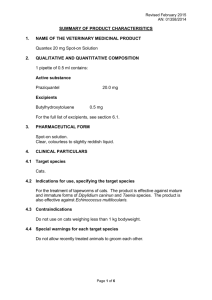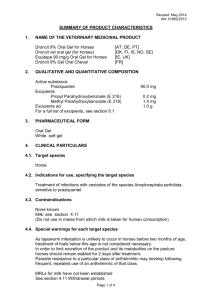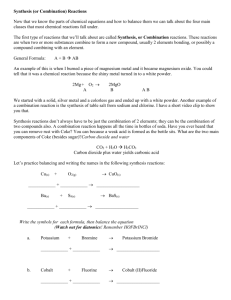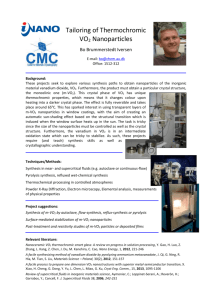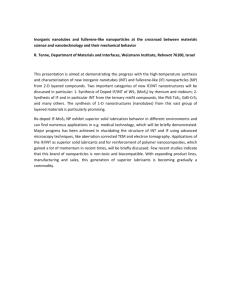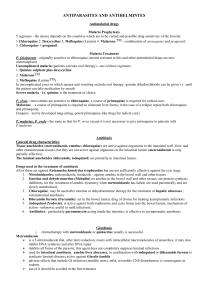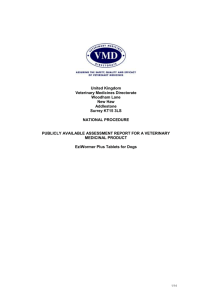310715195023Mahendra-AbstractforSusChemE
advertisement
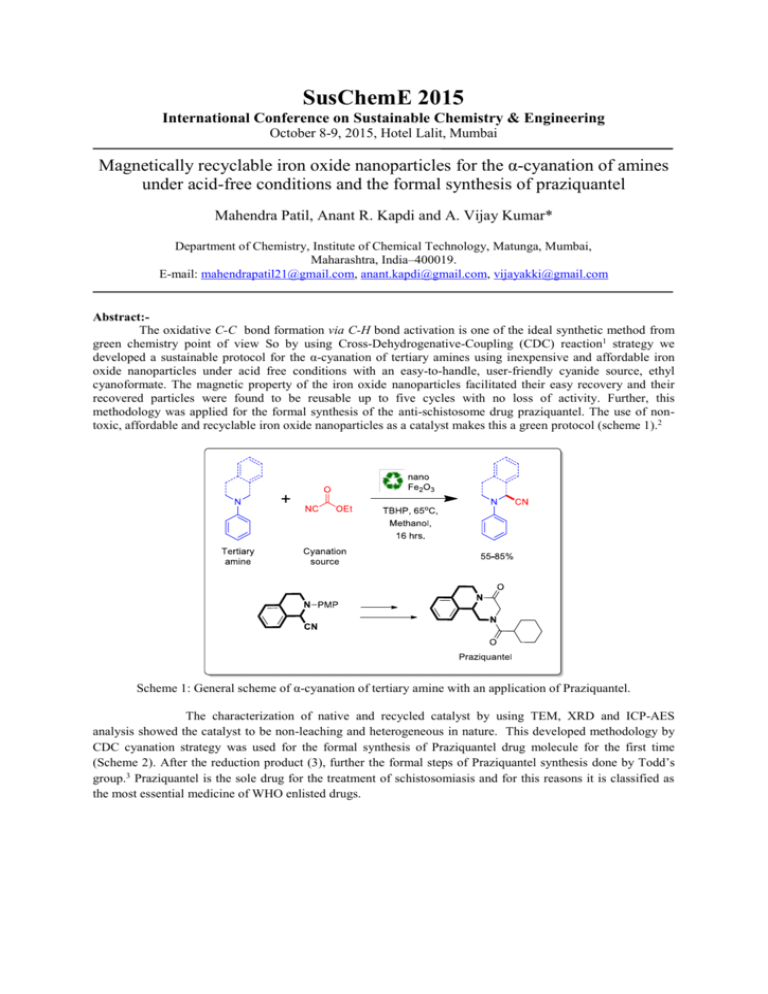
SusChemE 2015 International Conference on Sustainable Chemistry & Engineering October 8-9, 2015, Hotel Lalit, Mumbai Magnetically recyclable iron oxide nanoparticles for the α-cyanation of amines under acid-free conditions and the formal synthesis of praziquantel Mahendra Patil, Anant R. Kapdi and A. Vijay Kumar* Department of Chemistry, Institute of Chemical Technology, Matunga, Mumbai, Maharashtra, India–400019. E-mail: mahendrapatil21@gmail.com, anant.kapdi@gmail.com, vijayakki@gmail.com Abstract:The oxidative C-C bond formation via C-H bond activation is one of the ideal synthetic method from green chemistry point of view So by using Cross-Dehydrogenative-Coupling (CDC) reaction1 strategy we developed a sustainable protocol for the α-cyanation of tertiary amines using inexpensive and affordable iron oxide nanoparticles under acid free conditions with an easy-to-handle, user-friendly cyanide source, ethyl cyanoformate. The magnetic property of the iron oxide nanoparticles facilitated their easy recovery and their recovered particles were found to be reusable up to five cycles with no loss of activity. Further, this methodology was applied for the formal synthesis of the anti-schistosome drug praziquantel. The use of nontoxic, affordable and recyclable iron oxide nanoparticles as a catalyst makes this a green protocol (scheme 1).2 Scheme 1: General scheme of α-cyanation of tertiary amine with an application of Praziquantel. The characterization of native and recycled catalyst by using TEM, XRD and ICP-AES analysis showed the catalyst to be non-leaching and heterogeneous in nature. This developed methodology by CDC cyanation strategy was used for the formal synthesis of Praziquantel drug molecule for the first time (Scheme 2). After the reduction product (3), further the formal steps of Praziquantel synthesis done by Todd’s group.3 Praziquantel is the sole drug for the treatment of schistosomiasis and for this reasons it is classified as the most essential medicine of WHO enlisted drugs. Scheme 2: Application for the synthesis of Praziquantel (4) References: 1. (a) C. J. Li, Acc. Chem. Res., 42 (2009) 335; (b) From C–H to C–C Bonds Cross-DehydrogenativeCoupling, ed. C. J. Li, Royal Society of Chemistry, Cambridge, England (2014) pp. 331; (c) R. Yang, Q. Ruan, B. Y. Zhang, Z. L. Zheng, F. Miao, L. Zhou and H. L. Geng, Molecules, 19 (2014) 8051. 2. M. Patil, A. Kapdi, A. Vijay Kumar, RSC Adv., 5 (2015) 54505. 3. A. S. K. Tsang, K. Ingram, J. Keiser, D. B. Hibbert, M. H. Todd, Org. Biomol. Chem., 11 (2013) 4921.
